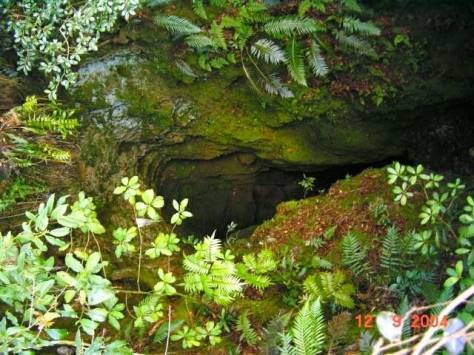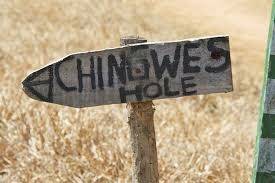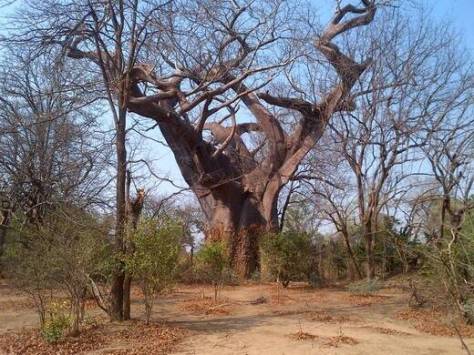
Mystery, legend, imagination and myths more than concrete facts surrounds Zomba Plateau’s Chingwe’s Hole also nicknamed an abyss of nothingness by some Malawian bloggers.
The hole is the source of rumours ranging from alleged mentally disturbed people being thrown in to enemies of some ancient chiefs.
Some believe the place to be haunted by spirits (mizimu) whose origins are not known and whether they are believed to be ancestral spirits (mizimu yamakolo) or not.
Other Malawians assumed the mentally challenged or disturbed were also thrown down that pit in ancient times just because there is Zomba Mental hospital in the area.
But one thing remains clear and not as sketchy….which is the hole being known as a dumping site for deceased lepers.

Those who have attempted to climb inside, estimate it to be about 10 meters deep although villagers in the area reportedly estimated it at 30 meters before it was filled by dirt and other things.
So it has a bottom full of sand or dirt.
According to Samba Sarah Kambalame, the Monuments Officer in Malawi’s Department of Antiquities, officially Chingwe’s hole is a “historical place and known as an area where unwanted people were thrown including lepers and some with disabilities.”
But it is not known if research has been done to establish if there are indeed many bones inside the hole the way it was done with the “Leper Tree” of Malawi.However the hole still has a horrible reputation and is also viewed as a bottomless cave.
Some say it reaches the base of the Rift valley, others give specific depths writes Aku Kalizang’oma in his blog titled ‘The Abyss of Zomba plateau, Chingwe’s Hole’ in his Explore Malawi blog.
“Whatever the case, the secrets that the victims might have kept have long been taken with them beyond the plains. If you find yourself on the plateau, do you have the courage to gaze through the abyss?,” asks Kalizang’oma.
Another mystery is the origins of the chingwe name which means rope.

According to a Victoria Falls online Guide a Great Chief of Central Africa was allegedly Chingwe.
Quoting information from a Zimbabwe farmer’s website the guide quotes a John recalling how as a child he was told “tribal legends by the son of a village chief, stories of a great and powerful Chief, Chief Chingwe, who ruled from what is today Zimbabwe to Tanzania, Uganda and beyond.”
“It was said that the Chief held court on Zomba Plateau and threw all his enemies into a vertical hole in the plateau. In the sixties the hole was discovered, full of human bones, however history has yet to be rewritten,” alleged the website.
So far most known evidence available online is about the trunk of the Leper Tree which reads: “The grave for people who suffered from leprosy in the past.” You can still poke your head into the hollow and see skulls and skeletons lying at the bottom.”

Time will tell if the suspected bottomless pit of Zomba Plateau also has evidence of lost human life inside its mysterious Chingwe Hole or if it’s ancient name really was a person’s name or just a phrase for a rope or string in the vernacular one might need to get out of there smoothly.
“Zomba Plateau is unique. A great slab of a mountain rising to 6000ft (1800m), it has vast tracts of cedar, pine and cypress but elsewhere the vegetation is wild and mixed.
“The plateau top is criss-crossed by streams and there are tumbling waterfalls and still lakes. There are driveable tracks right round the top from which are views of such splendour that they were described in colonial times as “the best in the British Empire”.
“Whether walking or driving, there is always something to see. Wildlife includes leopards, although sightings are rare. More in evidence are giant butterflies and, on the lower slopes, baboons. Birdlife includes the long-crested eagle and the augur buzzard.
Accommodation on the plateau includes a luxury hotel, the famous Sunbird Ku Chawe, set at the very edge of the mountain; and a large camping site. Fly-fishing for trout is possible in season and horse riding can be arranged,” reads the Malawi Tourism website about the so many breathtaking places to visit in beautiful Malawi including Chingwe’s Hole.
